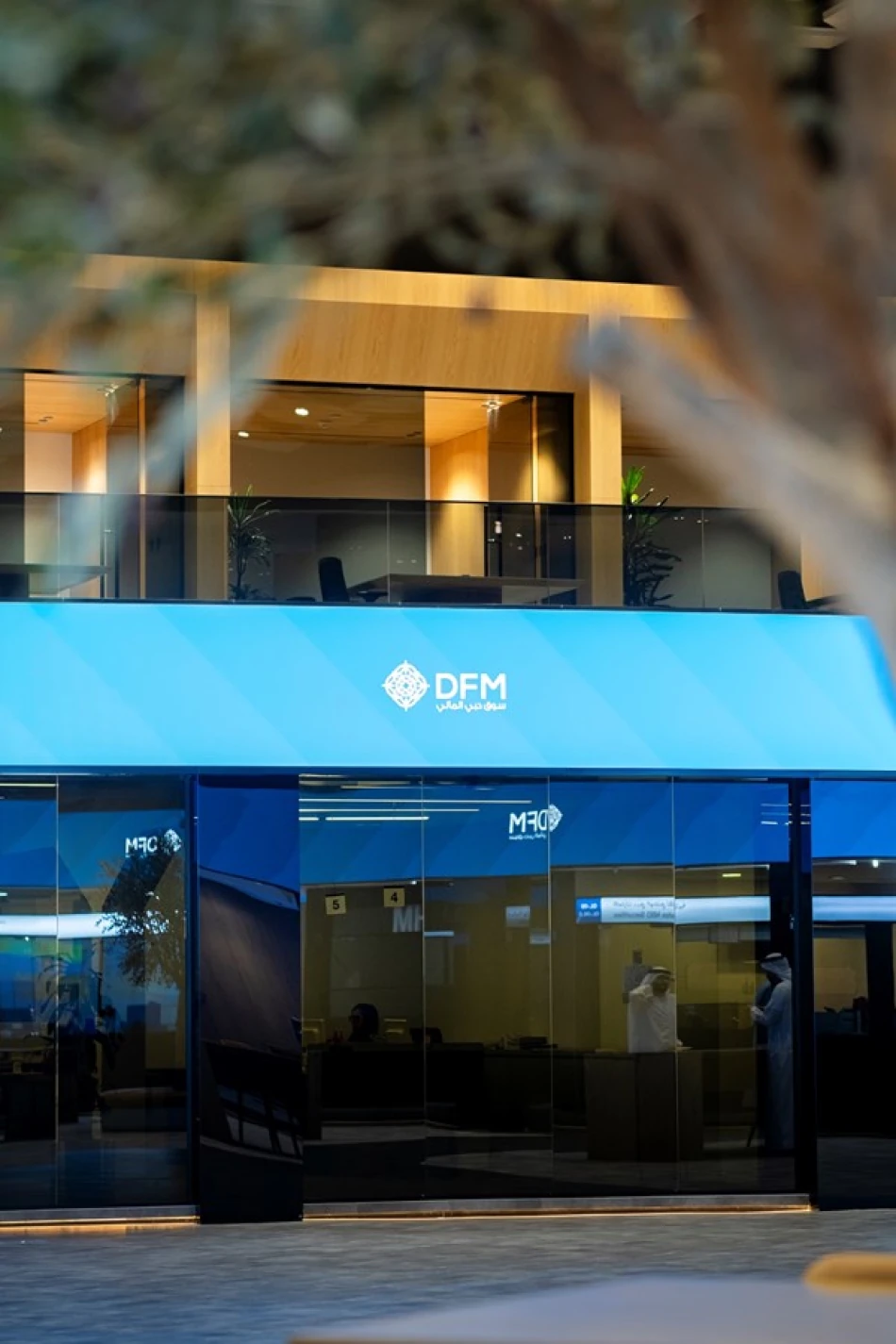
$2.4 Billion Raised Through 14 IPOs in MENA Region in Q2 2025
Middle East IPO Market Shows Resilience Despite Investor Caution as Secondary Listings Dominate
The Middle East and North Africa region demonstrated surprising strength in its public offerings market during Q2 2025, with 14 IPOs raising $2.5 billion—a 4% increase from the previous quarter. However, beneath this growth lies a telling shift: companies are increasingly choosing to sell existing shares rather than raise fresh capital, signaling heightened market caution despite apparent momentum.
UAE Leads with Landmark Real Estate Investment Trust
The United Arab Emirates captured significant attention with the listing of Dubai Homes REIT on the Dubai Financial Market, raising $584 million. This debut marks a watershed moment for the Gulf region's real estate investment landscape, establishing the largest REIT by market capitalization across the Gulf Cooperation Council countries.
More significantly, Dubai Homes REIT represents the region's first residential rental-focused investment vehicle—a strategic move that reflects the UAE's broader economic diversification efforts and growing institutional investor appetite for yield-generating real estate assets. This development positions Dubai to compete directly with established REIT markets in Singapore and Hong Kong, where residential rental trusts have proven highly attractive to income-focused investors.
Saudi Arabia Dominates Deal Flow
Saudi Arabia reinforced its position as the region's IPO powerhouse, contributing the quarter's largest offering through budget airline Nas Air, which captured 44% of total Q2 proceeds. The airline's successful debut on the main Tadawul exchange underscores the Kingdom's continued push to develop its capital markets under Vision 2030.
Following Nas Air, the Specialized Medical Company raised $500 million, while United Carton Industries secured $160 million. This sector diversity—spanning aviation, healthcare, and manufacturing—demonstrates the broadening appeal of Saudi Arabia's privatization program and the market's growing sophistication in pricing different industry risks.
Pipeline Suggests Sustained Activity
Looking ahead, 14 companies plan to list during the second half of 2025, with 10 originating from Saudi Arabia. This robust pipeline indicates that despite global economic uncertainties, regional companies view current market conditions as favorable for accessing public capital.
Market Performance Reveals Investor Selectivity
Post-listing performance tells a more nuanced story about investor sentiment. Ten of the 14 IPOs closed below their offering price on first trading day, while only five newly listed companies recorded gains. This mixed performance suggests investors are becoming increasingly discriminating, moving away from the broad-based enthusiasm that characterized earlier IPO cycles in the region.
The Kuwait Stock Exchange's Premier Market led regional gains with a 17.2% increase in Q2 2025, highlighting how smaller, more liquid markets can outperform during periods of selective investor interest.
Secondary Listings Signal Strategic Shift
Perhaps most revealing is the dramatic increase in secondary listings, which comprised 64.3% of total IPO activity in Q2 2025, up from just 35.7% in Q1. This shift indicates that existing shareholders are prioritizing liquidity and exit opportunities over companies' need for fresh capital expansion.
This trend mirrors patterns observed in mature markets during uncertain economic periods, where private equity firms and early investors seek to monetize holdings rather than fund aggressive growth plans. For regional markets, this represents a maturation process—moving from primarily growth-capital focused IPOs toward more sophisticated exit strategies.
Regional Competitive Positioning
The Middle East's IPO resilience contrasts sharply with global trends, where many markets have experienced significant slowdowns due to geopolitical tensions and monetary policy uncertainties. The region's performance positions it as an increasingly viable alternative to traditional listing venues in London, New York, or Hong Kong for companies seeking public market access.
The continued improvements in market governance and regulatory frameworks, particularly in the UAE and Saudi Arabia, are creating conditions that could sustain long-term growth. However, the prevalence of secondary listings suggests that while the infrastructure for public markets is strengthening, the underlying economic conditions may not yet support the aggressive capital expansion that characterized previous boom cycles.
For investors, this environment presents both opportunities and challenges: stronger governance and market infrastructure offer better protection, while the shift toward secondary listings may provide more realistic pricing and reduced execution risk compared to growth-stage primary offerings.
Most Viewed News

 Layla Al Mansoori
Layla Al Mansoori






